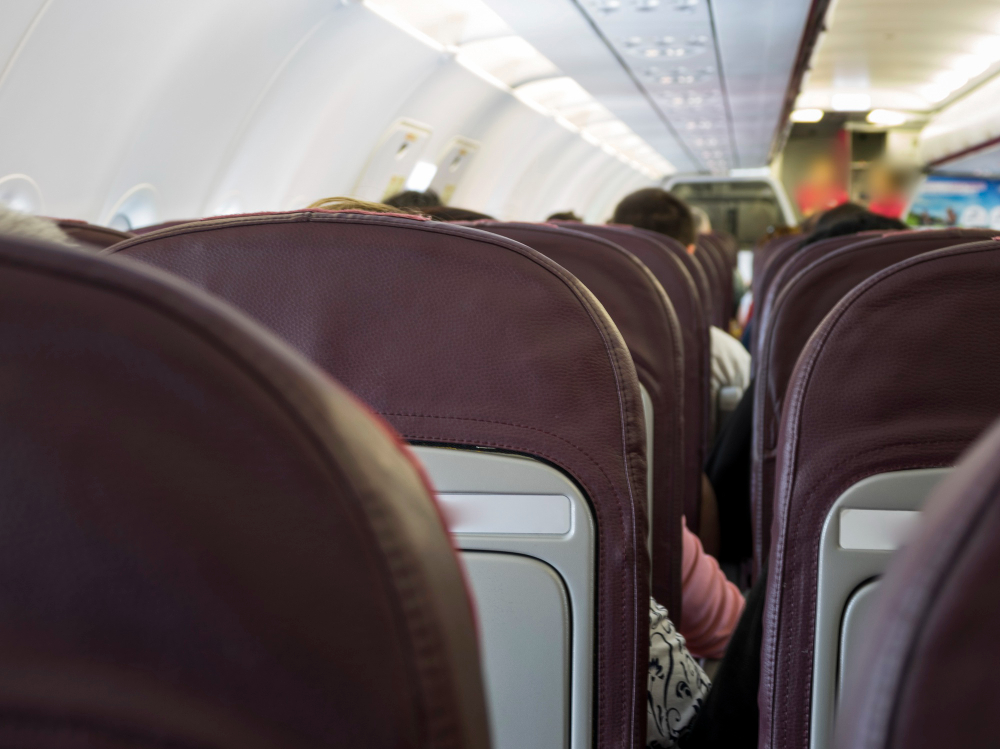Looking Back at the First Passenger Airplane
When we talk about the first passenger airplane, we’re not just discussing a piece of technology. We’re talking about a revolution in human connection. In 1952, the De Havilland Comet took off and changed the skies forever. It was the first commercial aircraft designed specifically for passengers—fast, silent, and far more comfortable than any propeller plane before it.
This airplane wasn’t just a breakthrough in speed. It also introduced pressurized cabins and paved the way for global air travel. Despite early technical issues, the Comet marked the start of what we now call the Jet Age.
At EAS Barcelona, we believe understanding aviation history makes better pilots. That’s why we integrate these milestones into our training programs.
The De Havilland Comet: A Pioneer of Jet Travel
The Comet was the first passenger airplane powered by jet engines. It offered a smooth flight experience at higher altitudes, something passengers had never experienced before. Its square windows and cutting-edge design, however, led to structural weaknesses. Accidents followed. But so did innovation.
Each failure led to improvements in aircraft engineering and flight safety protocols. In many ways, the Comet taught the world how to build safer planes.
At EAS Barcelona, we see this as a valuable lesson. We train pilots not only to fly aircraft but also to understand the legacy behind every procedure and system they use. From day one, we teach that responsibility in the sky begins with knowledge on the ground.
Learning from the Past to Secure the Future
The story of the first passenger airplane is a lesson in resilience. Out of mistakes came the foundations of modern aviation safety. This history matters—especially for future pilots.
Today, in our simulators, students at EAS Barcelona learn to react to real-life scenarios. Some of these scenarios are inspired by incidents from early aviation history. Why? Because great pilots learn from the past. They understand why every protocol exists.
We’re proud to train in a city like Barcelona, with direct access to both El Prat Airport and Sabadell Airport. These facilities allow our students to transition smoothly from theory to practice.
From Error to Excellence: The Power of Training
The first passenger airplane operated before many safety standards were developed. It was, quite literally, a flying laboratory. At EAS Barcelona, we carry that legacy forward by showing our students the importance of constant improvement.
Our training goes beyond flying techniques. We focus on decision-making, critical thinking, and deep understanding. Our instructors are committed to building professionals—not just pilots.
Training at EAS means being ready for real-world challenges. It means taking ownership of each action and knowing that aviation is about more than speed—it’s about safety.
Why Barcelona Is the Perfect Aviation Training Ground
Barcelona isn’t just beautiful. It’s also smart. The city blends culture, innovation, and global connectivity. That’s why EAS Barcelona is located just next to Sants Station, allowing fast access to major airports and training sites.
Learning in Barcelona means learning in motion. It means being surrounded by world-class infrastructure, instructors, and aircraft. And above all, it means learning in a place where aviation meets ambition.
So when we reflect on the first passenger airplane, we do so not with nostalgia, but with purpose. Because that past laid the groundwork for our students’ futures.
EAS Barcelona: Where Knowledge Takes Off
At EAS Barcelona, training isn’t superficial. We don’t just teach how to fly—we teach why flight matters. Our mission is built on two pillars: safety and quality.
We believe in forming professionals with not only technical skills but also the mindset to lead. Understanding the story of the first passenger airplane reminds us that aviation is a journey built on progress and continuous learning.
Our students finish their training with more than licenses. They leave with confidence, scientific insight, and operational excellence—ready to join airlines across the globe.
Conclusion: Inspired by the First Passenger Airplane
The first passenger airplane changed everything. It made long-distance travel possible, connected people, and launched a new era of global movement.
At EAS Barcelona, we honor that legacy. Not just through stories, but through action. Through detailed training. Through commitment to safety. And through a curriculum that blends history with technology.
If you dream of flying, start with understanding how flight began. That’s what we teach every day.
